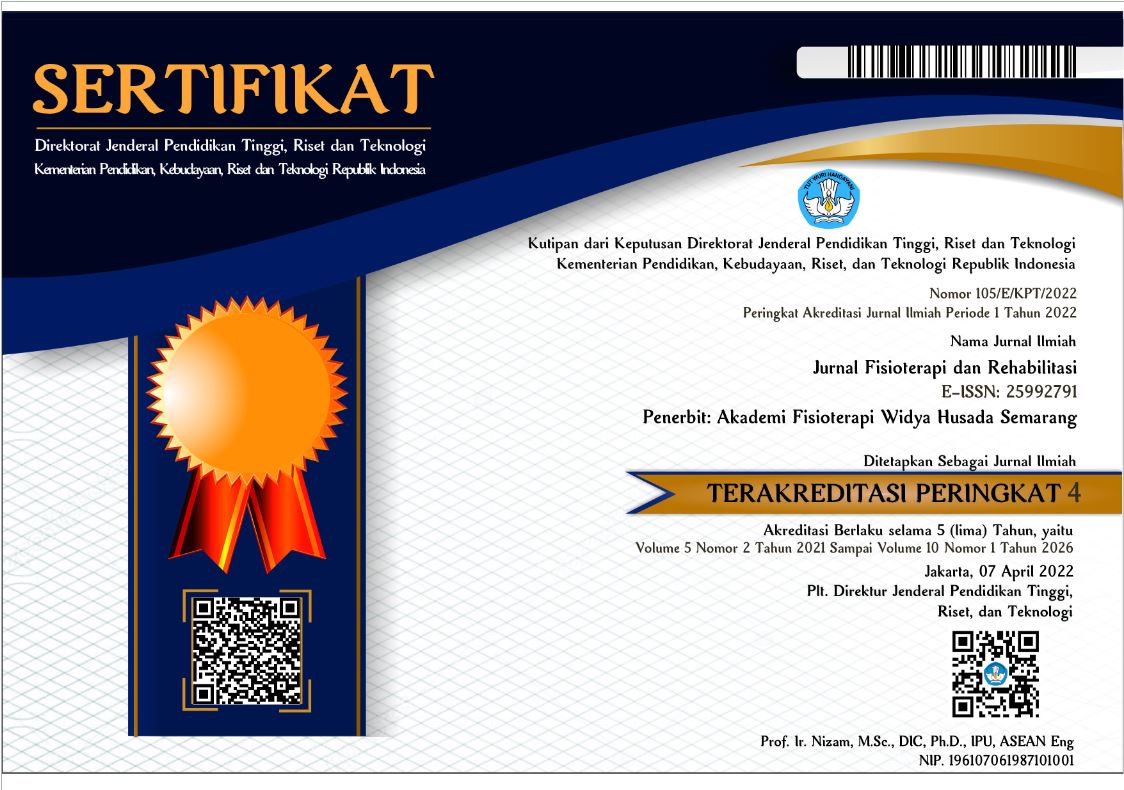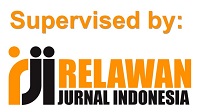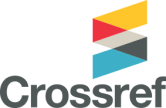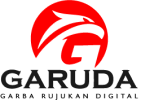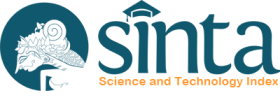PROPRIOCEPTIVE NEUROMUSCULAR FASCILITATION STRETCHING LEBIH EFEKTIF DALAM MENINGKATAN AKTIVITAS FUNGSIONAL DARIPADA STATIC STRETCHING PADA PENDERITA OSTEOARTHRITIS LUTUT
Abstract
Latar belakang: osteoatrhtitis lutut merupakan proses degeneratif yang sering menyebabkan penurunan aktivitas fungsional. Stretching adalah satu teknik yang dipakai dalam mengatasi penurunan aktivitas fungsional. Tujuan: penelitian ini bertujuan untuk mengetahui PNF stretching lebih efektif dalam meningkatkan aktivitas fungsional daripada static stretching pada penderita osteoarthritis lutut. Metode: rancangan penelitian ini eksperimental dengan rancangan randomized pre-test and post-test group design. Subjek penelitian adalah 40 orang penderita osteoarthritis lutut grade I-II yang dibagi dua kelompok. Kelompok 1 diberikan PNF stretching dan Kelompok 2 diberikan statis stretching. Penelitian ini dilakukan 3 kali seminggu selama 4 minggu dengan skala WOMAC. Hasil: hasil penelitian menunjukkan terjadi peningkatan aktivitas fungsional sebelum dan sesudah perlakuan dengan rerata 62,93±0,67 dan 37,26±0,51 dengan nilai p=0,00. Pada Kelompok 2 didapatkan rerata sebelum dan sesudah perlakuan yaitu 62,86±1,03 dan 45,22±1,26 dengan nilai p=0,00. Artinya, Kelompok 1 dan kelompok 2 sama-sama terjadi peningkatkan aktivitas fungsional secara bermakna. Dari uji independent t-test didapatkan nilai p=0,00 yang berarti ada perbedaan pengaruh pemberian PNF setretching dan static setretching dalam meningkatan aktivitas fungsioanal pada penderita osteoatrhritis lutut dengan selisih rerata Kelompok 1 sebesar 25,66% dan Kelompok 2 sebesar 17,66%. Simpulan: PNF stretching lebih efektif dalam meningkatkan aktivitas fungsional daripada static stretching pada penderita osteoarthritis lutut. Saran: Penelitian ini diharapkan mampu diaplikasikan dalam klinis untuk meningkatkan aktivitas fungsional pada penderia osteoarthritis lutut.
Downloads

This work is licensed under a Creative Commons Attribution 4.0 International License.
The use of the article will be governed by the Creative Commons Attribution license as currently displayed on Creative Commons Attribution 4.0 International License.
Author’s Warranties
The author warrants that the article is original, written by stated author(s), has not been published before, contains no unlawful statements, does not infringe the rights of others, is subject to copyright that is vested exclusively in the author and free of any third party rights, and that any necessary written permissions to quote from other sources have been obtained by the author(s).
User Rights
JFR's spirit is to disseminate articles published are as free as possible. Under the Creative Commons license, JFR permits users to copy, distribute, display, and perform the work. Users will also need to attribute authors and JFR on distributing works in the journal.
Rights of Authors
Authors retain all their rights to the published works, such as (but not limited to) the following rights;
- Copyright and other proprietary rights relating to the article, such as patent rights,
- The right to use the substance of the article in own future works, including lectures and books,
- The right to reproduce the article for own purposes,
- The right to self-archive the article
Co-Authorship
If the article was jointly prepared by other authors, any authors submitting the manuscript warrants that he/she has been authorized by all co-authors to be agreed on this copyright and license notice (agreement) on their behalf, and agrees to inform his/her co-authors of the terms of this policy. JFR will not be held liable for anything that may arise due to the author(s) internal dispute. JFR will only communicate with the corresponding author.
Miscellaneous
JFR will publish the article (or have it published) in the journal if the article’s editorial process is successfully completed. JFR's editors may modify the article to a style of punctuation, spelling, capitalization, referencing and usage that deems appropriate. The author acknowledges that the article may be published so that it will be publicly accessible and such access will be free of charge for the readers as mentioned in point 3.




